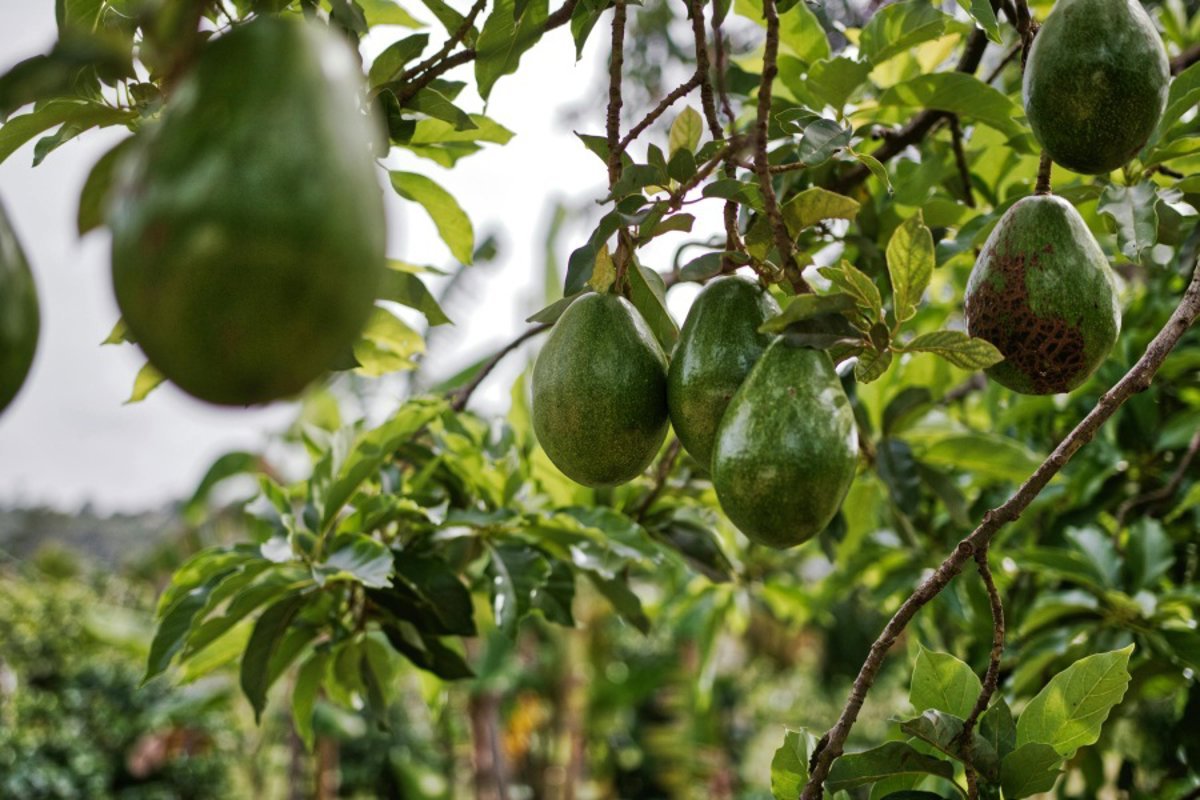A research conducted by the University of Cordoba (UCO) has successfully utilized avocado trimmings to join liquids, in a new work classified in the field of circular economy that could have applications in different industries, such as cosmetics or food.
In this way, as reported by UCO, mayonnaise, milk, butter, or various sauces are among the products most commonly associated with the term emulsion, and although the use of this technique is common in the food industry, it also plays a key role outside of kitchens.
Emulsion is nothing more than combining two liquids that do not naturally mix well, such as water or oil, and this process, which may seem simple at first, is the basis for manufacturing numerous products, such as paints, cosmetics, or some medications.
The Bivren Research Group at the University of Cordoba achieved the precise transformation of avocado trimming waste into an ally for making emulsions. Specifically, they extracted lignin from this plant, one of the main components of cell walls that acts as a natural glue and transformed it into an emulsifying agent, i.e., the product that bridges two liquids that do not understand each other and, in short, manages to maintain the emulsion over time.
To do this, the team, in collaboration with the Chemical Institute for Energy and Environment (Iquema), took lignin in powder form to a nanoscale, transforming it into an emulsifier in a mixture of water and soybean oil, a very common combination in the manufacturing of various products.
Biological Basis
In this sense, the lead author from Ramón Carcillo Research explained, «One of the issues presented by conventional emulsions is that they are petrochemical-based,» and «now we have managed to develop a biological base, with activity comparable to other bioethics in the market.»
In fact, according to the research results, the new emulsifier made from avocado trimming waste can provide stability to the mixture for 27 days, meaning that during this time, the emulsion does not revert to its original state, where the two phases are separated.
Enhanced Antioxidant Activity
Other advantages of the developed compound are the inherent antioxidant and antimicrobial properties that lignin possesses, which could improve and extend the shelf life of food in the case of culinary emulsions. Additionally, according to the studies, these qualities can be further enhanced by incorporating a compound called quercetin, found in fruits and vegetables and known for its health benefits.
As the lead researcher mentioned, «One of the main issues with quercetin is its slight solubility in aqueous environments, such as gastrointestinal fluids, which limits its absorption in the body.» To address this, «the work has managed to encapsulate it in the emulsion itself, or in other words, to provide it with protection that could improve its availability in the body.»
Despite this fact, as the researcher clarified, «the biological availability of quercetin has not been measured in this study and is something that will need to be explored in future research.» Therefore, «the field of functional foods must be supported in any case by scientific evidence,» he mentioned.
At this point, the team, which had already achieved reducing avocado waste into biodegradable food containers a little over a year ago, has now managed to provide a new low-cost use for waste originating from a food of which Spain is the main European producer and has increased in recent years.

